
How And When To Foliar Spray Your Cannabis Plants
When it comes to feeding cannabis, the tried and true method is watering the roots. However, the concept of foliar feeding – misting the leaves with feed – has become an increasingly popular one...
The conventional way to provide your cannabis with nutrients is by watering the roots. But you may be interested to know that there is another method of feeding your plants, which involves spraying a light mist onto their leaves.
Foliar feeding, or foliar spraying, isn’t just an effective way to administer nutrients when time is of the essence; it is also the method of choice for treating pest infestations and disease. Let’s take a look at what foliar spraying is, along with its benefits and how to do it properly.
What Is Foliar Spraying?
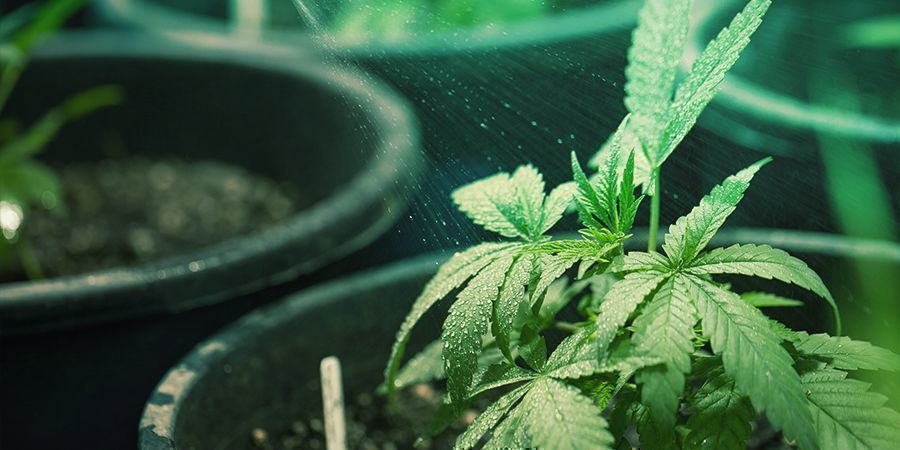
When foliar spraying, instead of watering your plants like normal, you spray nutrient-rich water onto the plants' leaves, generally from a small spray bottle. This method is viable because plants are able to take in water through tiny openings (stomata) in their leaves.
But know that foliar feeding isn’t intended as a substitute for the usual root drench; it’s more case-specific. Plus, how effective it is depends on the type of nutrients being sprayed, and how/when it’s done. One major consideration, for example, is that some solutions don’t cling to the leaves for long enough to be absorbed, thus reducing the effectiveness of the feed.
Although foliar spraying may not be your go-to method of feeding, it can be extremely useful when dealing with deficiency in particular. Likewise, foliar spraying can also be useful when there are issues with the substrate or root system. A foliar spray is also commonly employed to treat plants with natural insecticides or fungicides.
The Benefits of Foliar Spraying
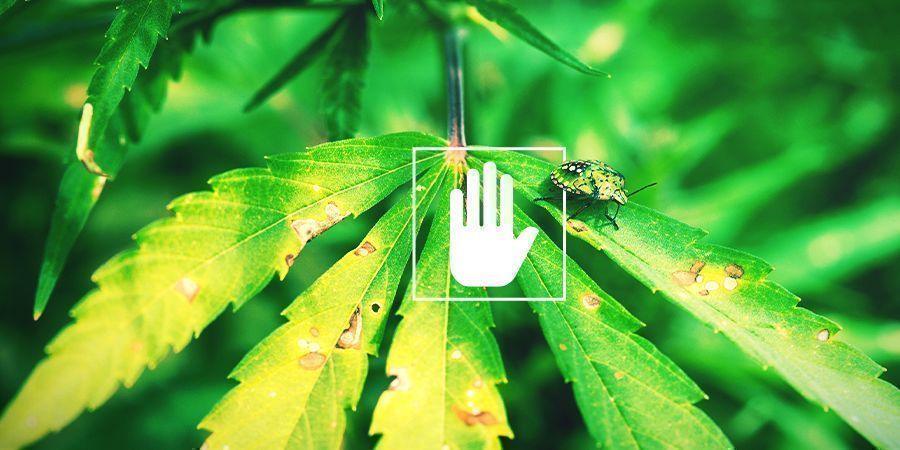
Before we dig into the benefits of foliar spraying, you should know that maintaining the health of your soil and root system is extremely important, and can’t be substituted with regular foliar feeding. With that said, foliar spraying does have a number of advantages:
 Fast and Effective
Fast and Effective
When foliar spraying, you’re directly supplying nutrients that will be available immediately for your plants to use. It’s a quick way to feed starving plants, and ideal if you need to act fast when your plants are sick. Plus, almost all nutrients (95%) are taken in by the plant when foliar spraying.
 Supplies Micronutrients
Supplies Micronutrients
It’s relatively common for cannabis plants to get sick from a lack of calcium, iron, zinc, manganese, and other micronutrients. A foliar spray of CalMag, etc. is usually the most effective remedy for quickly topping up micronutrient levels so your plants can continue to thrive.
 Can Help With Diseases, Pests, and Stress
Can Help With Diseases, Pests, and Stress
If your plants are plagued by pest infestations or suffering from mould or other common pathogens, a foliar spray is usually the best way to provide immediate help. Plus, it’s quite easy to do: All you need for quick first-aid and prevention is a simple hand sprayer.
 No Nutrient Buildup in the Soil
No Nutrient Buildup in the Soil
Giving nutrients directly to your plants via the leaves means there’s no risk of nutrients building up in the substrate. Soil is a great buffer, and it can ultimately accumulate a lot of minerals, which can throw off your plants’ ability to uptake nutrients through the roots. On the other hand, there may be occasions where you want to feed your plants, but don’t want to water to avoid overwatering. Here too, foliar feeding comes in handy.
What to Use as a Foliar Spray
There are all kinds of recipes you can foliar spray your cannabis with. The purpose of these spray mixes ranges from providing your plants with essential nutrients, to deterring pests, to getting rid of mould and fungus. The good thing is, many of these recipes make use of natural ingredients. They are non-toxic and safe to use. In addition, most of the ingredients for a foliar spray are easy to obtain and inexpensive. Let’s take a look at some:
Neem Oil
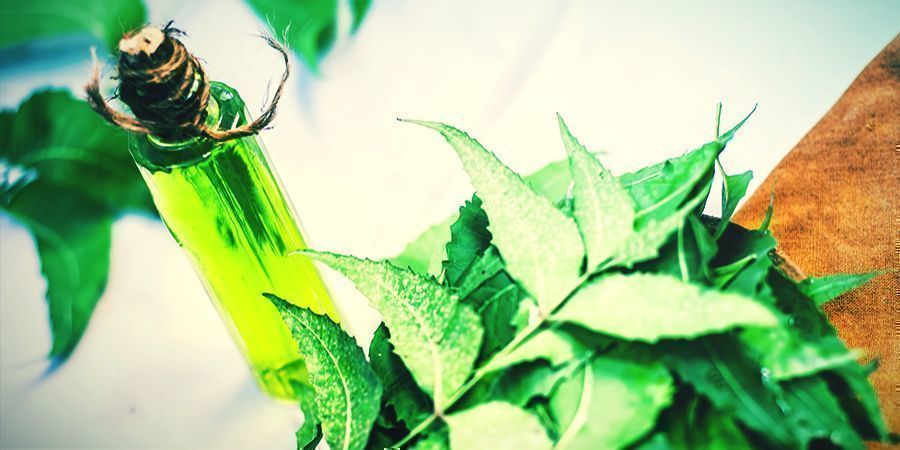
Neem oil is a tried and tested natural solution that prevents many of the most common cannabis pests. It’s one of the essentials that every cultivator should have on hand. Neem oil is effective in keeping aphids, spider mites, white flies, and thrips away from your plants. It also helps with powdery mildew and other plant diseases. Although less suited if you need to “knock out” an immediate infestation (use potassium soap for this), spraying your plants prophylactically every 1–2 weeks with neem will greatly reduce the risk of pests.
Depending on your neem oil product (make sure you read the instructions), you will only need a small amount for your foliar spray. Some commercial neem oil products already contain an emulsifier so you can just mix it into water, usually at a 1:10 ratio.
Potassium Soap
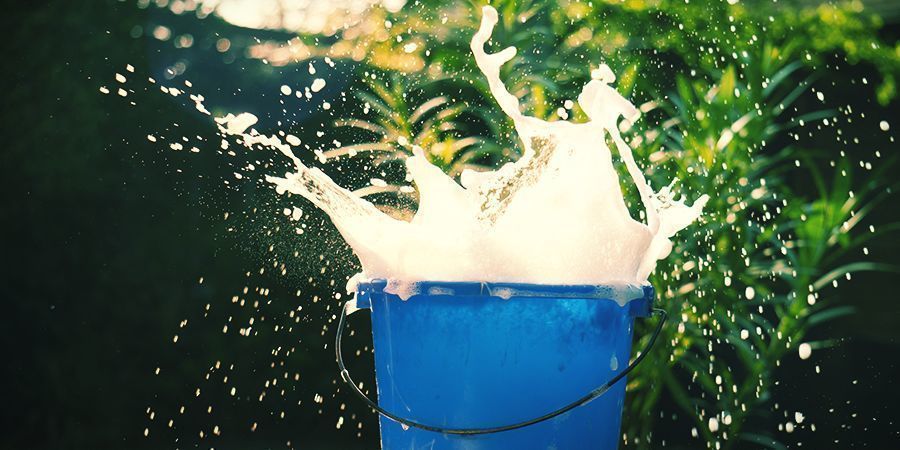
What neem oil is for prevention, potassium soap is for getting rid of cannabis pests. In fact, it’s very good in combination with neem oil. Treat your plants with potassium soap first to kill the critters “on contact”, and follow it up the next day with neem to keep them at bay! Potassium soap is natural, non-toxic, and poses little risk of harm to your cannabis plant. For a potassium soap foliar spray, you’ll usually mix soap in water at a 1–2% concentration.
Aloe Vera Juice
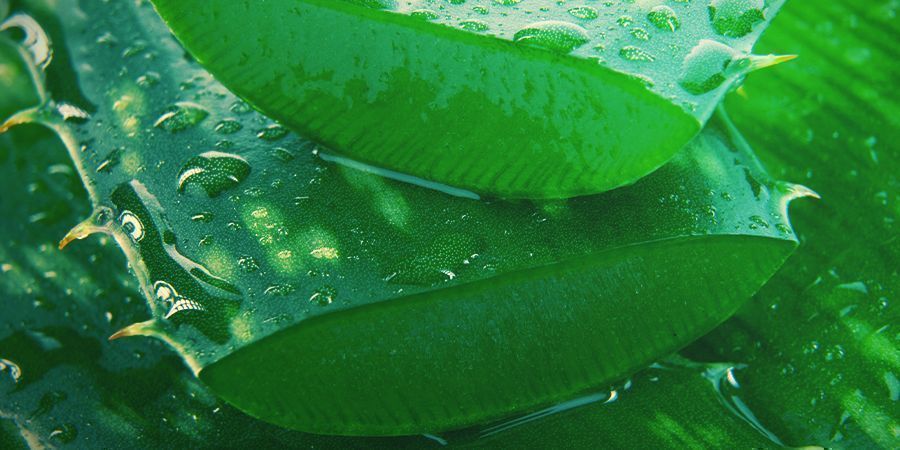
Aloe vera juice is a true multi-purpose plant remedy that, when used as a foliar feed, will greatly benefit your cannabis. It provides plants with micronutrients such as magnesium, calcium, zinc, and manganese, and is rich in other beneficial compounds like amino acids and enzymes. Use aloe vera juice at the first sign of deficiency.
Likewise, aloe vera juice helps protect against environmental disease and stress. It contains numerous compounds with protective effects, such as acemannan, a polysaccharide with antiviral, antibacterial, and antifungal effects. Other compounds in aloe, saponins, help protect against microbes, fungi, mould, and certain types of insects.
To make a foliar spray using aloe vera, mix two teaspoons of fresh aloe gel with 4.5 litres of water. Shake well and administer right away using the “mist” setting on your sprayer.
Other Natural Ingredients (Milk, Cayenne Pepper, Cinnamon)

If you look around on grower forums, you can find many more foliar spray recipes that use natural ingredients. For example, spraying plain milk is said to help with fungus and powdery mildew. A spray made with cayenne pepper is an effective insect deterrent, while cinnamon oil is another natural ingredient with antifungal properties.
Before administering any of these foliar sprays, make sure to read up on the proper ratios. Most of these sprays will be safe to use, but it is always a good idea to try them on just a few leaves first. If you don’t notice any damage (discolouration, etc.) the next day, it should be safe to use on your entire plant.
How and When to Foliar Spray Cannabis Plants

When done right, foliar spraying is pretty reliable. But, there are some things you’ll want to keep in mind when giving your ladies a foliar treatment:
- Don’t Overfeed
When foliar feeding your plants, use around 25% of what you’d use for a regular root drench feeding, and mist once a day. If necessary, you can increase your foliar mix to 50% strength or higher, but make sure you keep an eye on your plants and be careful not to overfeed. Keep in mind you will still want to follow your regular root feeding schedule.
- Don’t Spray the Buds
If possible, don’t foliar spray when your plants are in flower. There are two reasons for this: Whatever you are using to spray (e.g. neem oil) may not be harmful, but it will give your buds an awful taste. What’s more, spraying buds can also lead to mould. So keep the foliar spraying to the “veg” phase. If you absolutely have to spray in flower, try to avoid the buds as much as you can.
- Spray in the Morning or Evening
Don’t spray in the middle of the day when it’s hot and sunny. Sunlight and heat can degrade the effectiveness of your foliar spray. What’s more, water droplets on the leaves will have a lens effect that can burn your plants. The best time to spray is early in the morning before the lights are turned on, or in the evening right before lights are turned off. Don’t spray when it’s very hot or very cold. The plant stomata close at high temperatures, so spraying will be much less effective.
- Get the Right Equipment
Use a small hand sprayer that you can set to a fine mist for foliar spraying. If you have a number of plants, a manual pressure sprayer will make things even easier!
- Don’t Forget the Undersides
When spraying, make sure you also cover the undersides of the leaves. The underside is where most of the plant stomata are located. It’s also where insects often like to hide.
- Repeat As Necessary
If you have a pest infestation, it may be necessary to repeat your treatment. For example, if you’re using potassium soap, treat your plants a few times, 2–3 days apart until the infestation is under control.
-
 4 min
14 August 2023
How To Diagnose & Treat Cannabis Nutrient Lockout
Did you know that a common cause of nutrient deficiencies in cannabis is nutrient lockout? Keep reading to learn more about nutrient lockout, why it occurs, and how to best treat it to ensure a...
4 min
14 August 2023
How To Diagnose & Treat Cannabis Nutrient Lockout
Did you know that a common cause of nutrient deficiencies in cannabis is nutrient lockout? Keep reading to learn more about nutrient lockout, why it occurs, and how to best treat it to ensure a...
-
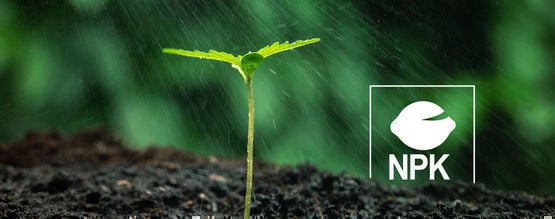 7 min
14 July 2022
How To Feed Cannabis Plants Nutrients
A healthy cannabis plant requires a pretty strict diet. Think of it a bit like a top-level athlete, and yourself as their nutritionist. Optimising food intake is key to getting the best results....
7 min
14 July 2022
How To Feed Cannabis Plants Nutrients
A healthy cannabis plant requires a pretty strict diet. Think of it a bit like a top-level athlete, and yourself as their nutritionist. Optimising food intake is key to getting the best results....
-
 7 min
6 June 2022
How To Water Cannabis Plants
Watering cannabis can be more complex than you might think. Finding the “Goldilocks zone” will help to achieve optimal growth and a happy crop. Find out all about watering weed here.
7 min
6 June 2022
How To Water Cannabis Plants
Watering cannabis can be more complex than you might think. Finding the “Goldilocks zone” will help to achieve optimal growth and a happy crop. Find out all about watering weed here.
-
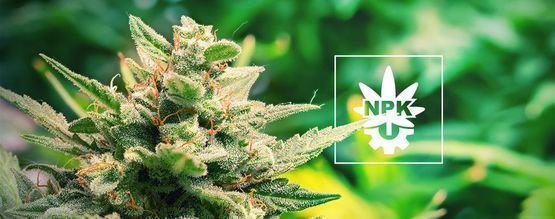 3 min
27 June 2020
Do Autoflowers Need Nutrients?
Since autoflowers have different growing requirements than photoperiod cannabis, many growers wonder if their nutrient requirements are different too. Indeed, there are some important things to...
3 min
27 June 2020
Do Autoflowers Need Nutrients?
Since autoflowers have different growing requirements than photoperiod cannabis, many growers wonder if their nutrient requirements are different too. Indeed, there are some important things to...
-
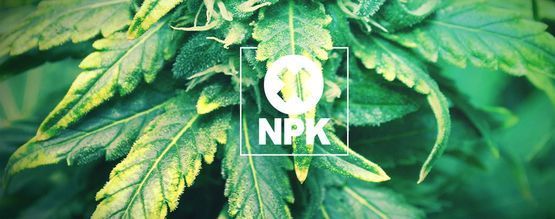 10 min
13 June 2019
Macro And Micronutrient Deficiencies Explained
Every grower needs to know about macro and micronutrient deficiencies. Ignorance could literally kill your cannabis plants. There are no emergency rescue cannabis services to call on if things go...
10 min
13 June 2019
Macro And Micronutrient Deficiencies Explained
Every grower needs to know about macro and micronutrient deficiencies. Ignorance could literally kill your cannabis plants. There are no emergency rescue cannabis services to call on if things go...
-
 5 min
27 September 2018
What Is The Best Water For Cannabis Plants?
Nothing can be more important for successful cannabis growing than water quality and the proper watering technique. Learn about the best water for your cannabis plants!
5 min
27 September 2018
What Is The Best Water For Cannabis Plants?
Nothing can be more important for successful cannabis growing than water quality and the proper watering technique. Learn about the best water for your cannabis plants!
-
 3 min
5 August 2018
Using Coconut Water As Organic Cannabis Fertiliser
Coconut water is an all-natural cannabis growth accelerator for organic and hydroponic growing systems. It boosts clone development, enhances root growth from seeds, and boosts overall plant...
3 min
5 August 2018
Using Coconut Water As Organic Cannabis Fertiliser
Coconut water is an all-natural cannabis growth accelerator for organic and hydroponic growing systems. It boosts clone development, enhances root growth from seeds, and boosts overall plant...














 United States
United States










